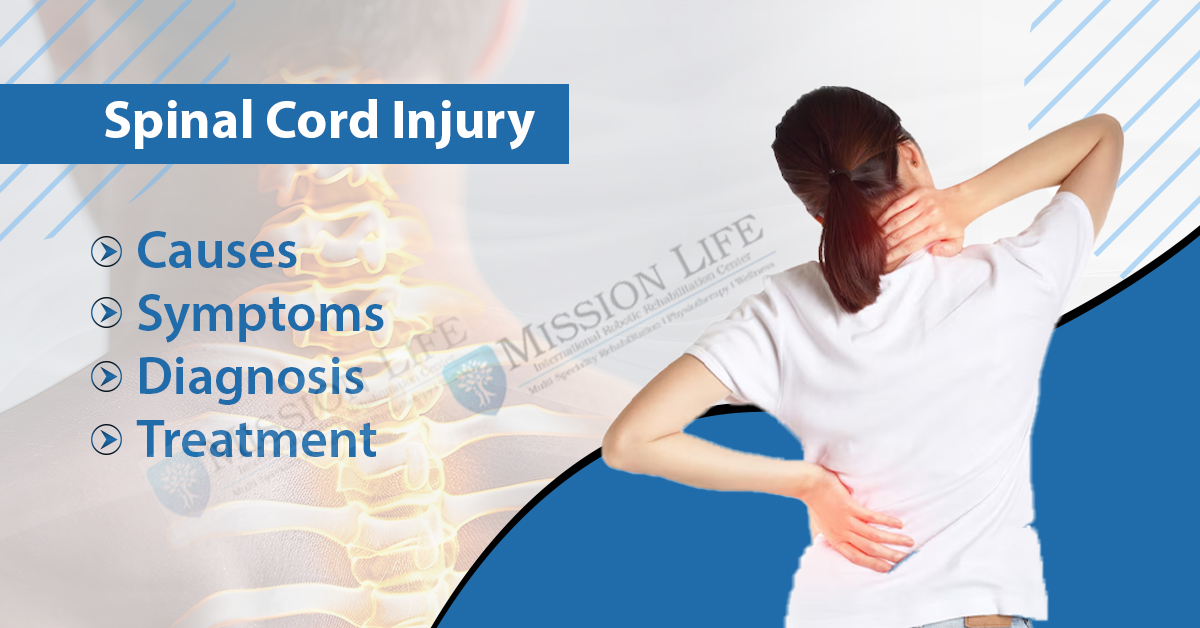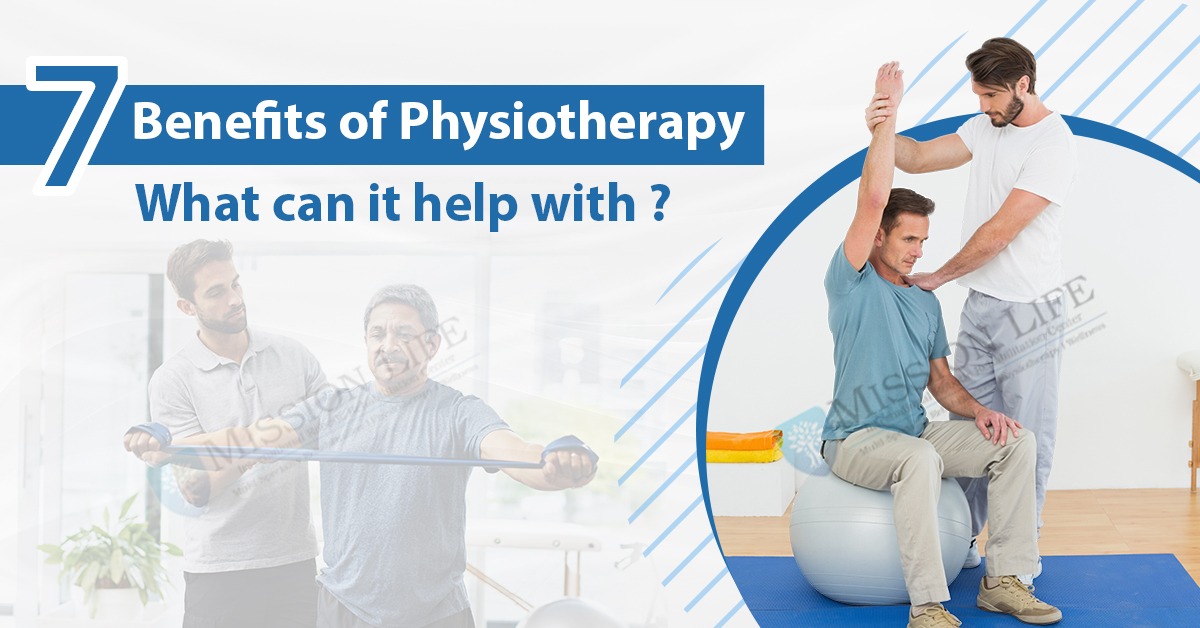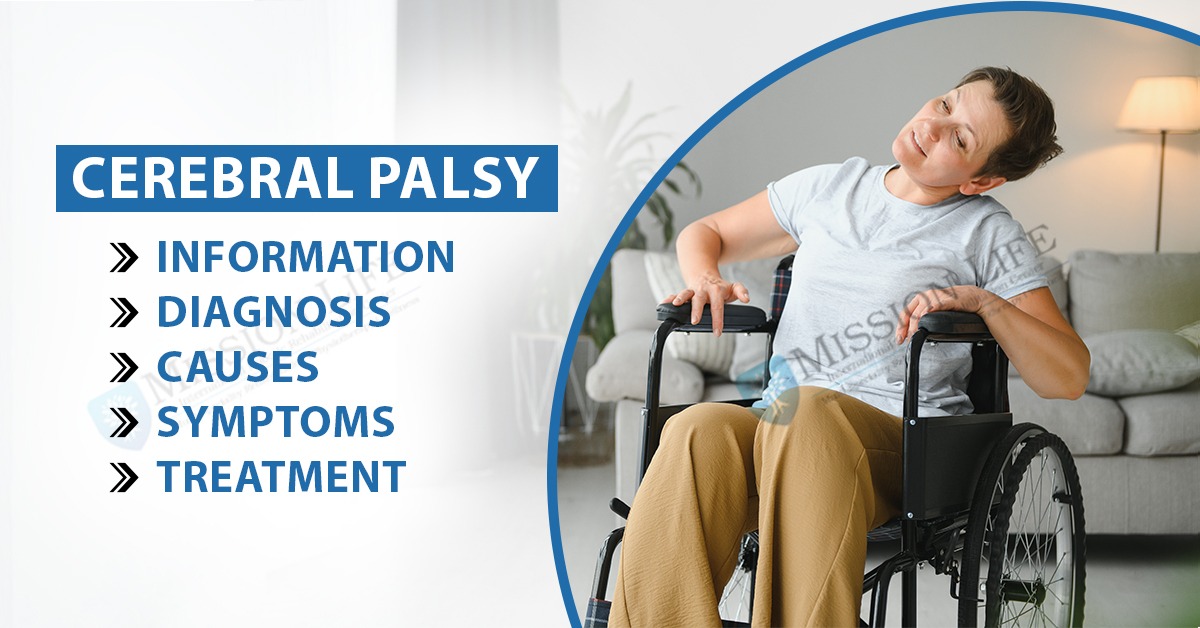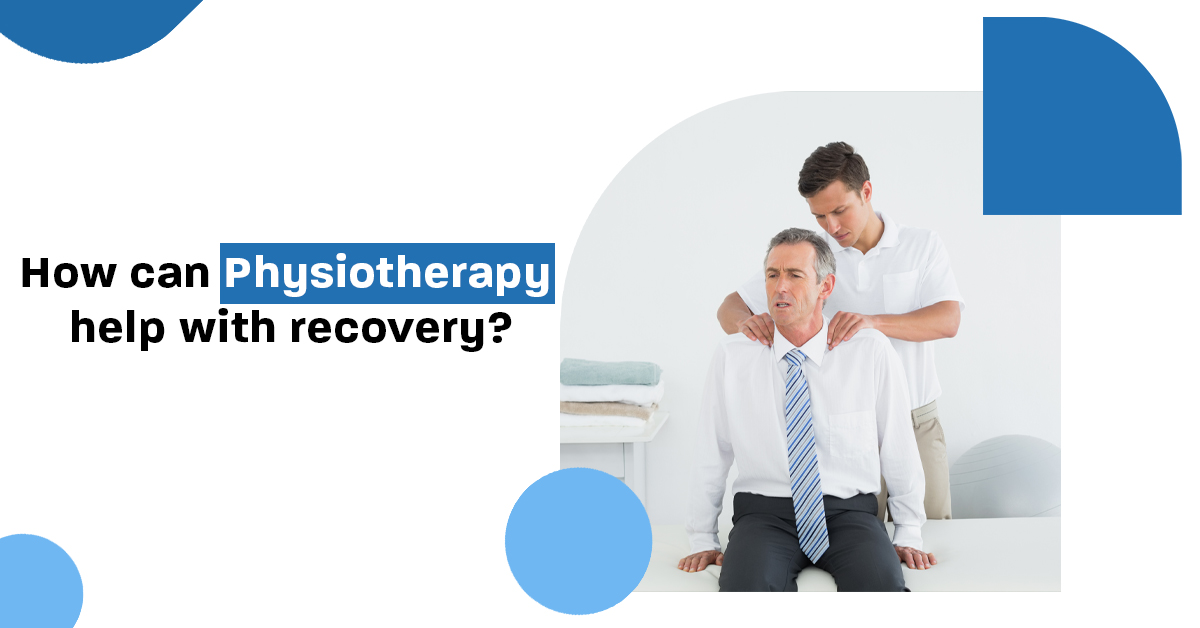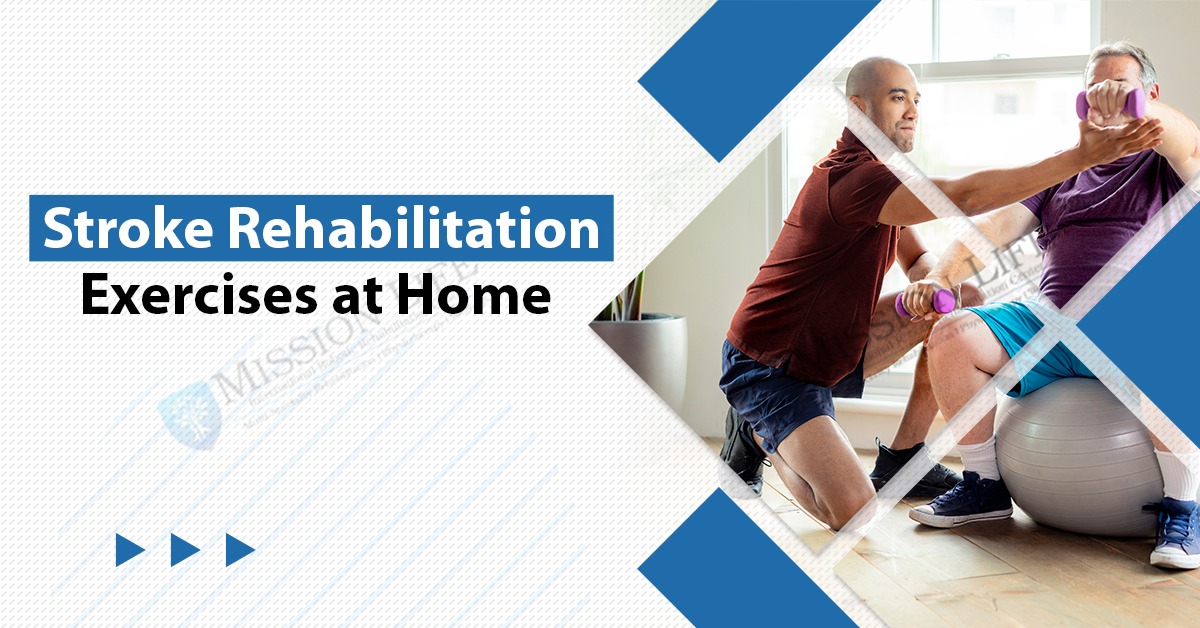
Stroke Rehabilitation Exercises at Home
A stroke, also known as a cerebrovascular accident (CVA), is a medical emergency that occurs when there is a disruption of blood flow to a part of the brain. This can happen due to the blockage of a blood vessel supplying the brain (ischemic stroke) or due to bleeding within the brain (hemorrhagic stroke).
When the brain does not receive enough blood and oxygen, brain cells can die, which can lead to permanent brain damage or even death. Symptoms of a stroke may include sudden weakness or numbness on one side of the body, difficulty speaking or understanding speech, vision problems, dizziness, and severe headache.
Prompt medical attention is crucial for treating stroke. Treatment may include medications to dissolve blood clots or reduce bleeding, surgery, and rehabilitation therapy to help patients recover lost skills and functions.
Effects of Stroke:
The effects of a stroke can vary depending on the severity and location of the brain damage. Here are some common effects of stroke on the body:
- Paralysis or weakness: A stroke can cause partial or complete paralysis on one side of the body.
- Communication difficulties: Stroke can affect the ability to speak, read, write, and understand language.
- Memory and cognitive problems: Stroke can cause difficulties with memory, attention, problem-solving, and decision-making.
- Emotional changes: Stroke can cause mood swings, depression, anxiety, and difficulty controlling emotions.
- Sensory changes: A stroke can cause changes in sensation, such as numbness, tingling, or pain in one side of the body.
- Vision problems: A stroke can affect vision, causing double vision, blurry vision, or loss of vision in one or both eyes.
- Swallowing difficulties: Stroke can affect the ability to swallow safely and effectively.
- Fatigue and sleep disturbances: Stroke can cause fatigue and sleep disturbances, such as insomnia or excessive sleepiness.
- Bladder and bowel problems: Stroke can cause bladder and bowel problems, such as incontinence or constipation.
- Seizures: A stroke can increase the risk of seizures, especially in the first few weeks after the stroke.
You Can Also Read:- Cerebral Palsy: Information, Diagnosis, Causes, Symptoms & Treatment
Stroke rehabilitation:
Stroke rehabilitation is a process of treatment and therapy designed to help people recover from the physical, cognitive, and emotional effects of stroke. Rehabilitation aims to maximize recovery and help people regain as much independence and function as possible.
Here are some common components of stroke rehabilitation:
- Physical therapy: Physical therapy focuses on improving mobility, strength, and balance, and reducing spasticity in affected limbs.
- Occupational therapy: Occupational therapy focuses on helping people relearn or develop new skills necessary for daily living, such as dressing, grooming, and eating.
- Speech therapy: Speech therapy focuses on improving communication and language skills, including speaking, understanding, reading, and writing.
- Cognitive therapy: Cognitive therapy focuses on improving memory, attention, problem-solving, and decision-making skills.
- Emotional support: Those who are dealing with the emotional effects of a stroke, such as depression, worry, and bereavement, can benefit from receiving emotional assistance from a psychologist, counselor, or social worker.
- Assistive devices: Assistive devices, such as canes, walkers, or wheelchairs, can help people with mobility and independence.
- Home modifications: Home modifications, such as grab bars, handrails, and wheelchair ramps, can improve safety and accessibility in the home.
Stroke rehabilitation involves healthcare professionals, family members, and the person affected by stroke. Rehabilitation can be a long process, and progress can vary depending on the severity of the stroke and other factors.
You Can read also :- How can Physiotherapy help with recovery?
Stroke rehabilitation Exercises:
- Shoulder Rolls: This exercise helps improve the range of motion in the shoulders and reduce stiffness.
- Arms at sides, either sit or stand.
- Roll your shoulders in a circular motion slowly forward.
- 15 to 20 repetitions, then switch directions and roll your shoulders back.
- Knee Extensions: This exercise strengthens the muscles in the front of the thigh and helps improve walking ability.
- Place your feet flat on the floor while sitting on a chair.
- Put one leg out straight in front of you and hold for five to ten seconds.
- Return your leg to the ground slowly.
- After 10-15 reps, switch legs and repeat with the other leg.
- Sit-to-Stand: This exercise improves leg strength and helps improve the ability to stand up from a seated position.
- Place your feet flat on the ground while sitting in a firm chair.
- To stand up, lean forward and raise your legs.
- Hold for a few while, then gradually sag back down to the chair.
- 10 to 15 times, then.
- Calf Raises: This exercise strengthens the muscles in the back of the leg and helps improve balance.
- Holding onto a chair or counter for support, stand with your feet shoulder-width apart.
- Lifting your heels off the ground, slowly raise yourself up onto your toes.
- Hold for a short while before bringing your heels back down to the floor.
- Repeat 10 to 15 times.
- Modified Push-Ups:
- This exercise helps strengthen the chest, shoulders, and arms.
- Standing with your feet shoulder-width apart, face the wall.
- Put your hands shoulder-height and shoulder-width apart on the wall.
- Gently lower your chest towards the wall while bending your elbows.
- Return to the starting position by pushing up.
- Repeat 10 to 15 times.
- Wrist curls:
- Place your forearm on a table or armrest as you sit in a chair.
- With your palm facing up, hold a weight or a water bottle in your hand.
- Bend your wrist slowly upward, then slowly downward.
- 10-15 times each for each wrist.
- Shoulder openers:
- Place your feet flat on the floor while sitting on a chair.
- Straighten your arms and clasp your hands behind your back.
- As high as you can raise your arms without hurting yourself.
- Hold for a short while before bringing your arms back down.
- Repeat 10 to 15 times.
- Table circles:
- Place your hands on the table in front of you while you sit in a chair.
- Move your arms and shoulders along with your hands as you slowly make a circle with them.
- 10-15 times in each direction, repeat.
- Lateral trunk bend:
- Place your feet flat on the floor while sitting on a chair.
- As you raise your second arm over your head, place one hand on your hip.
- Gently slant your upper body in the direction of the side with the lifted arm.
- Hold for a few while, then slowly resume your original position.
- 10-15 times on each side.
- Forward trunk bend:
- Place your feet flat on the floor while sitting on a chair.
- Put your hands on your knees or thighs.
- Gently stoop forward until your chest is close to your knees.
- Hold for a few while, then slowly resume your original position.
- 10 to 15 times.
- Palm up and down:
- Sit in a chair with your arm extended in front of you and your palm facing down.
- Slowly turn your palm up, then back down to the starting position.
- Repeat 10-15 times with each arm.
- Cane stretch:
- Stand with your feet shoulder-width apart and hold a cane or broomstick behind your back with your hands.
- Slowly lift the cane as high as you can then lower it back down.
- Repeat 10-15 times.
- Lower trunk rotation:
- Legs bowed and feet flat on the ground as you lay on your back.
- Slowly shift your knees to one side while maintaining a flat back.
- Hold for a short while before resuming your original position slowly.
- For 10-15 repetitions, repeat on the other side and switch sides.
- Note: It's important to consult with a healthcare professional or licensed therapist before starting any new exercises, especially if you have a history of stroke or other medical conditions. They can advise on the appropriate exercises and ensure proper form to prevent injury.
Importance:
Stroke rehab exercises are important because they can help individuals regain lost function and improve their quality of life after a stroke. Here are some reasons why stroke rehab exercises are important:
- Maximizing recovery: Rehabilitation exercises can help prevent secondary complications and promote recovery by improving strength, mobility, coordination, balance, and overall physical and cognitive function.
- Reducing disability: Rehab exercises can help people regain as much independence as possible, reducing the need for assistance with daily living activities and improving their ability to participate in social and recreational activities.
- Preventing future strokes: Rehab exercises can help reduce the risk of future strokes by addressing risk factors such as high blood pressure, high cholesterol, and diabetes.
- Improving emotional well-being: Stroke can have a significant impact on emotional well-being, and rehab exercises can help improve mood, reduce anxiety and depression, and improve the overall quality of life.
- Increasing safety: Rehab exercises can improve balance and coordination, reducing the risk of falls and other accidents.
Overall, stroke rehab exercises are an essential component of the recovery process after a stroke, helping individuals to regain function, independence, and a better quality of life.
Benefits:
The benefits of stroke rehabilitation exercises include:
- Improved motor function: Rehabilitation exercises can help restore strength, coordination, and range of motion, allowing stroke survivors to perform daily activities with greater ease.
- Increased independence: As motor function improves, stroke survivors may be able to perform more tasks on their own, reducing their reliance on caregivers.
- Reduced risk of complications: Stroke rehabilitation exercises can help prevent common complications such as muscle contractures, joint stiffness, and blood clots.
- Improved balance and stability: Rehabilitation exercises can help improve balance and reduce the risk of falls, which can be a common concern for stroke survivors.
- Improved mental health: Participating in rehabilitation exercises can improve mood and reduce anxiety and depression.
- Enhanced quality of life: By improving physical function, reducing disability, and increasing independence, stroke rehabilitation exercises can enhance the overall quality of life for stroke survivors and their families.

